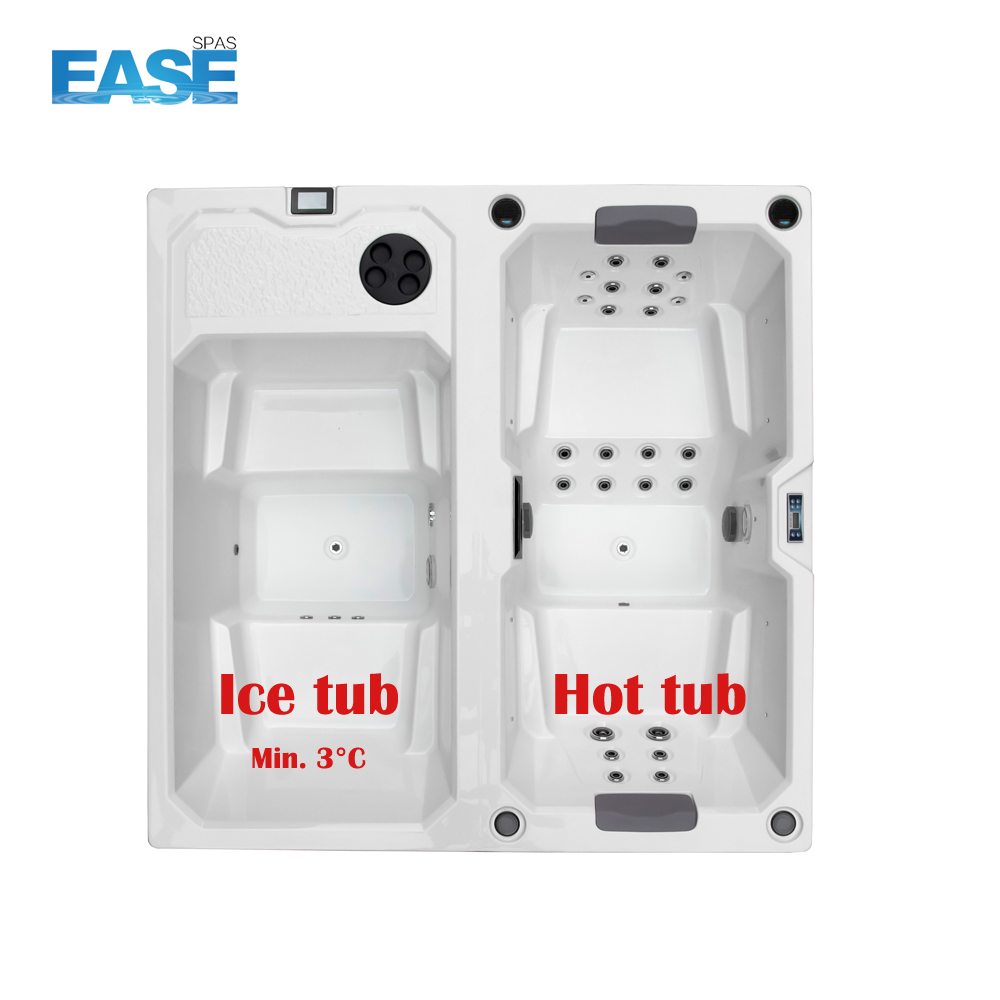

In New York City’s busiest borough, a quietly indulgent practice has carved out a niche for anyone seeking a deeply relaxing, full-body experience. Nuru massage blends a slick, seaweed-based gel with a body-to-body approach that changes the rhythm of touch. If you’re curious about what this entails and how to approach it safely in the city, here’s a grounded, practical guide. Some studios quietly market a package as “nuru massage hot Manhattan,” though experiences can vary widely from one place to another.
What is a nuru massage and how it differs
At its core, a nuru massage uses a light, slippery gel and a body-to-body technique to create a continuous sense of contact. The gel, typically water-based and skin-safe, helps reduce friction and invites the therapist’s movements to flow smoothly across your body. While it shares space with traditional massage, the emphasis is less on specific muscle groups and more on creating a soothing, all-encompassing sensation.
Unlike some other “sensual” offerings, professional nuru massage is framed around consent, boundaries, and relaxation. Practitioners are trained to read cues and adjust pressure, pace, and areas of focus accordingly. The result can feel like a full-body unburdening—think a long, steady massage that invites breath, balance, and a recalibrated sense of rest rather than theatrics.
Finding a reputable studio in Manhattan
Safety and cleanliness should be your first filters. Look for studios that publish clear policies on hygiene, licensing where applicable, and privacy protocols. It’s reasonable to ask about the therapist’s training, the gel’s ingredients, and the studio’s sanitation routines before you book.
Reviews, professional associations, and a transparent intake process can provide useful signals. If something feels vague or rushed during the inquiry, it’s a good sign to move on. In a busy market like Manhattan, taking a little extra time to verify legitimacy pays off in stress-free, comfortable experiences.
What to expect during the session
Check-in is typically straightforward and discrete. You’ll be asked to choose your level of undress in a comfortable, private room, then positioned for a gradual, full-body encounter. The session often includes warming up with the gel, followed by long, gliding strokes that traverse the back, limbs, and chest, always with consent and attention to boundaries.
Sessions commonly progress from back to front, with opportunities to adjust focus areas or pacing as you go. The atmosphere tends toward calm: soft lighting, quiet ambience, and a temperature that keeps you at ease as the gel remains slick but controlled. Remember, you can pause or stop at any moment if something doesn’t feel right.
Note: in Manhattan, you may encounter marketing phrases that promise an especially heightened experience, but the core of the service remains professional and boundary-aware. The key is clear communication with your therapist and choosing a studio that prioritizes consent, safety, and comfort over sensationalism.
Safety, consent, and boundaries
Consent isn’t a checkbox; it’s ongoing dialogue. If a proposed move, position, or area of focus doesn’t feel right, speak up or halt the session. A good therapist will respond with respect, adjust accordingly, and check in about comfort levels throughout the experience. This is essential to keeping the process relaxing rather than stressful.
Health considerations matter, too. If you have skin sensitivities, allergies to gels, or medical conditions that affect circulation, disclose them beforehand. Some studios provide changing rooms, towels, and showers, so you can freshen up after the session and restore your usual sense of balance. Respect for privacy, boundaries, and professional standards is non-negotiable in this setting.
Pricing, etiquette, and tips for first-timers
Prices vary widely in Manhattan, reflecting studio location, therapist experience, and the length of the session. Most standard sessions run about 60 to 90 minutes, with extensions available at higher tiers. If price is your primary concern, call ahead to confirm what’s included and whether there are package deals or discounts for weekday slots.
Etiquette matters as much as cost. Arrive on time, be clear about your goals, and refrain from requests for anything outside the studio’s stated boundaries. Tipping is customary in many studios—roughly 15–20% is a common acknowledgment of satisfactory, attentive service. For first-timers, it can help to prepare a short list of focus areas, your comfort preferences, and any concerns about skin contact or temperature changes.
| Duration | Price range (est.) | Notes |
|---|---|---|
| 60 minutes | $120–$180 | Baseline option in many studios |
| 90 minutes | $180–$260 | Popular for a more relaxed pace |
| 2 hours | $240–$360 | Extended session for deeper relaxation |
For newcomers, a few practical tips can reduce stress. Bring a light robe or comfortable clothing for aftercare, ask in advance about grounding steps if you’re new to the experience, and consider a short consultation to outline your boundaries. Most studios welcome questions and will walk you through the process so you feel confident before the first glide of gel.
The environment that enhances relaxation
The room setup is more than decor; it’s a deliberate craft. Quiet lighting, clean linens, and a stable room temperature all contribute to a sense of safety and ease. In Manhattan’s crowded neighborhoods, studios strive to create an oasis-like vibe where the outside world recedes, even if just for an hour or two.
Sound plays a role too—soft music, near-silent air systems, and the subtle scent of spa products can anchor your breathing and slow racing thoughts. A well-managed environment helps you notice the difference between urgent tension and release, which is a big part of what makes this massage feel restorative rather than merely indulgent.
Common myths and realities about nuru massage
Myth: it’s inherently sexual and needs to be treated as a private encounter outside professional norms. Reality: legitimate studios emphasize professional boundaries, consent, and safety. The focus is on relaxation, bodywork, and sensory experience rather than erotic content. And while the touch is intimate, professional standards keep the interaction respectful and appropriate.
Myth: all studios are the same or shady by nature. Reality: the market in a city like Manhattan includes a wide spectrum of quality. Do your homework, read reviews, and trust your instincts. If a studio promises more than it can legally or professionally deliver, it’s wise to pause and look elsewhere. A good session rests on trust, clarity, and mutual comfort.
Why Manhattan remains a unique hub for this kind of service
New York’s density, diversity, and wellness-minded culture converge to create a vibrant landscape for nuru massage. The city’s studios often attract therapists with varied training backgrounds and a commitment to precise technique, which means you can encounter different styles and approaches in a single neighborhood or across boroughs. This variety is a feature, not a flaw, when approached with discernment.
Beyond technique, Manhattan offers the logistics that help busy people actually book and enjoy a session. Flexible hours, discreet entrances, and carefully controlled environments make it easier to slip into a restorative moment amid a hectic week. When you choose a studio that prioritizes safety and consent, the experience can feel like a deliberate, rejuvenating pause rather than a quick, off-the-cuff encounter.
Whether you’re curious about the practice, seeking relief from lingering stress, or simply exploring a new form of mindful touch, a careful, well-informed approach can make all the difference. In the right setting, a nuru massage can become a meaningful reset—a chance to reconnect with breath, boundaries, and your body’s own rhythm. If you decide to try it, take your time researching options, communicating clearly, and staying true to what you want and need in the moment. After all, the most satisfying experiences—like the city itself—often come down to good preparation, a respectful approach, and a sense of curiosity that stays rooted in safety.